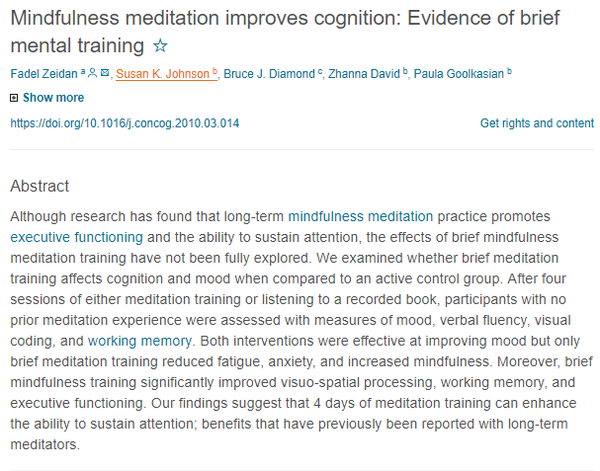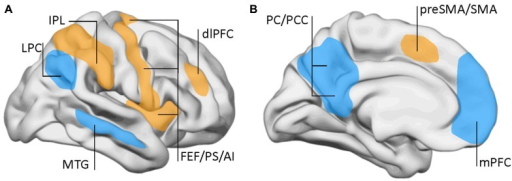Image streaming has been popularized by Win Wenger as a technique you can use to improve your capacity for creativity, visualization and problem solve.
How To Image Stream
Image Streaming and Mindfulness Meditation
Image streaming defined in this way is a combination of two well-known constructs in cognitive neuroscience:
mind-wandering (spontaneous thought) + meta-awareness (self-awareness of one’s own thoughts).
Image streaming is – from a cognitive neuroscience perspective – a type of mindfulness meditation: both open-monitoring (of spontaneous thoughts) and focused attention (ensuring that mental content is only images, not other sensations or internal content).
So the cognitive benefits of image streaming are potentially the same as for both types of mindfulness meditation. Here is a review of these two types of meditation and their benefits. For a quick abstract check out this one which concludes: “brief mindfulness training significantly improved visuospatial processing, working memory, and executive functioning”.

.
Mind Wandering & the Default Mode Network and Executive (Task Positive) Network
Task-focused, IQ-demanding cognition depends on the brain’s fronto-parietal ‘Executive’ or ‘Task Positive’ brain network (yellow below). By contrast, when we are not focused on the outside world and the brain is in a state of wakeful rest, the Default Mode (‘Task Negative’) network is active (blue below):
.

.
Mind-wandering is engaging in thoughts that are not related to the task at hand. Mind wandering has recently been shown to result in activation of both the Default Mode and the Task Positive networks.
The joint recruitment of these two networks suggests that mind wandering (and thus image streaming) may evoke a unique mental state that may allow otherwise opposing networks to work in cooperation. (Ref 1, Ref 2)
.
Costs of Mind-Wandering
Random mind-wandering can be intrusive when trying to focus on a cognitively challenging task. In this case it impairs working memory and/or IQ demanding tasks (Ref). Mind-wandering as rumination may also have a negative impact on mood.
But in the case of image streaming, mind-wandering is actually part of the ‘task’.
.
Benefits of Mind-Wandering
Mind-wandering may help with (ref):
- Future planning
- Creative thinking
- Release from being overly goal fixated and cognitively rigid (i.e. finding new solutions to old problems)
- Dishabituation from task ‘overload’ leading to more efficient learning
- Overcoming boredom
.
Intelligence : Efficient Deactivation of the Default Mode Network
High-intelligent individuals are more efficient in deactivating the default mode network – e.g. LESS neural effort to deactivate this network. More intelligent persons reduce default mode activity more efficiently during the performance of cognitively challenging tasks.
High-intelligent individuals are particularly efficient in reducing task-irrelevant and potentially disturbing default processes during task performance during task processing, they put more effort into cognitive control-related activity in the Frontoparietal Network. (Ref)
Higher intelligence is associated with higher global network communication efficiency (e.g. less path length) in the Default Mode network at rest (Ref)
Also, more intelligent individuals have stronger activation in regions of the Frontoparietal Network, indicating that higher-intelligent people put more effort into task-relevant cognitive processes (Ref).
.
Implications for Training Programs
Image streaming engages both default and executive networks. It’s reasonable to conclude that spontaneous image streaming will help train the default mode network and spontaneous visuospatial thought, which could have the benefits of mind-wandering listed above.
With open monitoring labeling of the contents, it may also help train the efficiency of inhibiting the default mode network when there is a cognitively challenging task, thus augmenting intelligence.
Image streaming may – in addition – help with dishabituation while doing sustained cognitive training programs (e.g. IQ Mindware’s cognitive training apps), enhancing the learning process.
A suggested cognitive training practice is 10-15 minutes of image streaming before each cognitive training session – as an alternative to focused attention mindfulness. 5 days a week for 7 weeks.
Please share your experiences with image streaming!